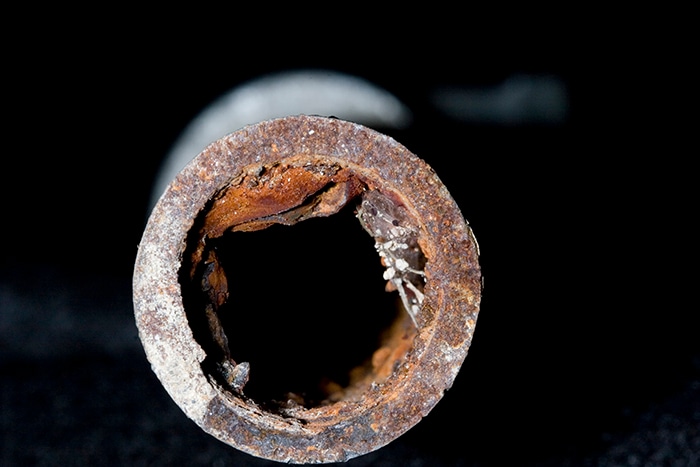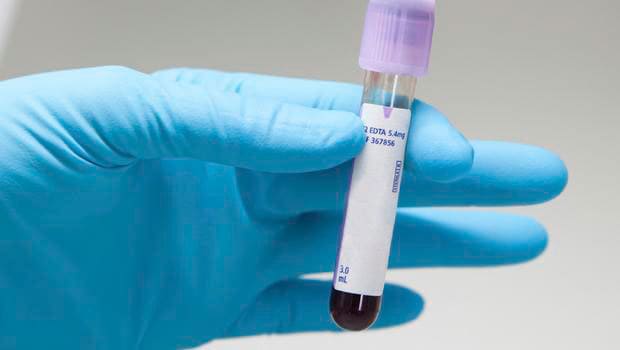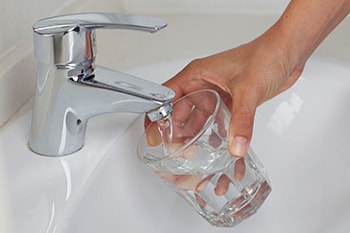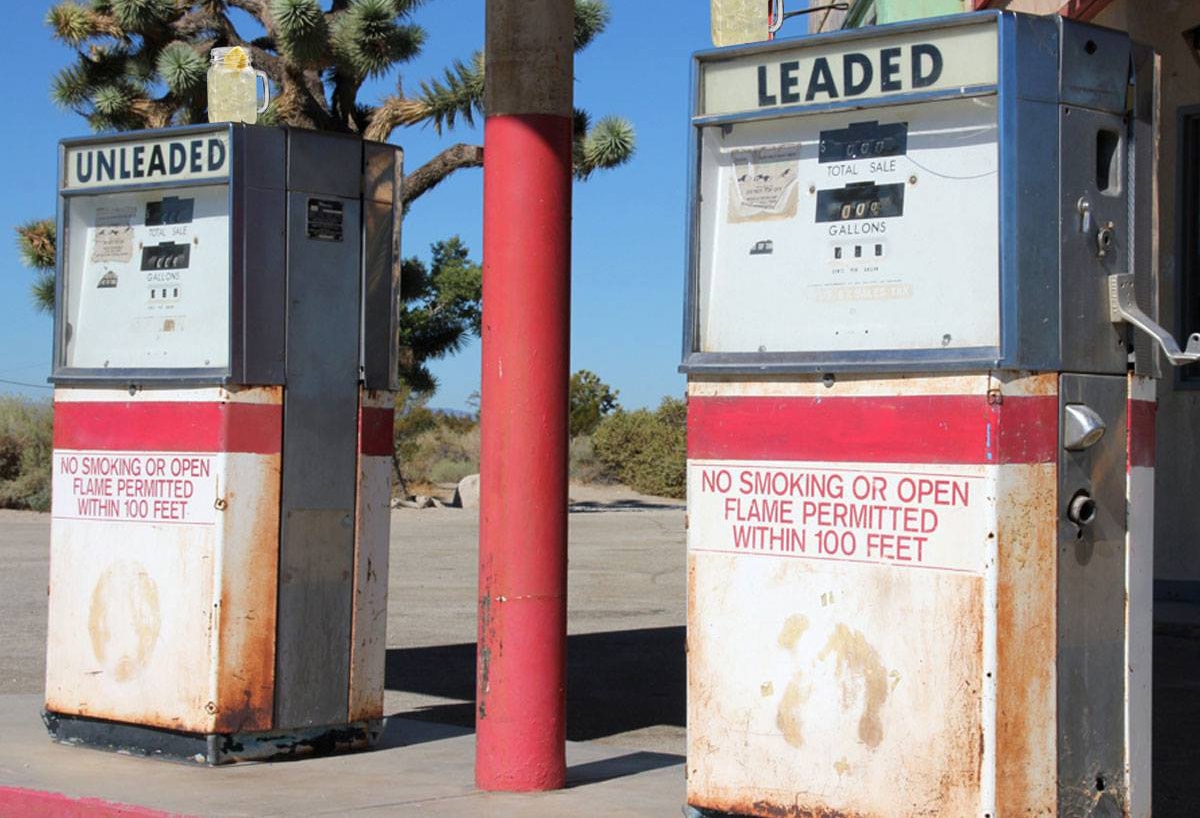1970s - 1980s CLPPP Timeline
- Timelineicon
December 1989
- CDC established the Advisory Committee on Childhood Lead Poisoning Prevention (ACCLPP) to provide advice to reduce the incidence and prevalence of childhood lead poisoning.
- Timelineicon
1988
- The Lead Contamination Control Act of 1988 authorized CDC to support local and state agencies to develop comprehensive childhood lead poisoning prevention programs (CLPPPs).
- CDC CLPPP adopted the Institute of Medicine’s (IOM) approach to focus on the 3 core functions of public health: assessment, policy development, and assurance, as published in their landmark report The Future of Public Health.
- CDC and the Agency for Toxic Substances and Disease Registry (ATSDR) published the first report to Congress on The Nature and Extent of Lead Poisoning in Children in the United States.
- Timelineicon

1986
- Amendment of Safe Drinking Water Act required lead-free solder, flux, fittings, and pipes as of June 1988.
- Timelineicon
1985
- CDC updated screening recommendations for all children, with priority given to those exposed to older, dilapidated housing; who lived near heavily trafficked highways; who were siblings, housemates, visitors, or playmates of children with known lead toxicity; or whose family members had occupational lead exposures.
- CDC provided treatment guidelines for lead poisoning to state and local public health agencies.
- Timelineicon
1981
- Omnibus Budget Reconciliation Act of 1981 cut appropriations for maternal and child health services by 25%. Block grants were provided to allow states to determine their own maternal and child health priorities, including lead poisoning prevention.
- Timelineicon

1978
- The Lead-Based Paint Poisoning Act of 1971 ban on lead-based paint (LBP) in residences constructed or rehabilitated by the federal government or with federal assistance became effective in 1978.
- CDC first defined “elevated blood lead level”.
- The Environmental Protection Agency (EPA) set the National Ambient Air Quality Standard for lead at 1.5 µg/m3.
- U.S. Consumer Product Safety Commission (CPSC) banned furniture, toys, and other articles with a surface lead content of 0.06% or higher by weight intended for use by children.
- Timelineicon

1976
- CDC used state-of-the-art technology to measure blood lead levels (BLLs) as part of the National Health and Nutrition Examination Survey (NHANES).
- Timelineicon
1975
- CDC recommended screening for children at risk, defined primarily as those exposed to poorly maintained housing units constructed before 1960.
- Timelineicon

1974
- The Safe Drinking Water Act gave EPA authority to set limits on lead and other contaminants in drinking water.
- Timelineicon

1973
- CPSC banned hazardous amounts of lead in toys and other products intended for use by children and required warning labels on other lead-containing products under the Federal Hazardous Substances Act.
- Timelineicon

1972
- EPA initiated a health-based regulation to remove lead from gasoline.
- Timelineicon
1971
- The Lead-Based Paint Poisoning Act of 1971 prohibited LBP in residences constructed or rehabilitated by the federal government or with federal assistance and defined paint chips as the primary health hazard of LBP.
- The Surgeon General’s report defined “undue absorption of lead, either past or present” as 40 μg/dL and “lead poisoning” as confirmed, on 2 successive determinations, BLLs of 80 μg/dL or more with or without symptoms.
- CDC initiated a grant program for individual cities aimed at lead poisoning prevention (1971 – 1979).
Page last reviewed: April 6, 2021